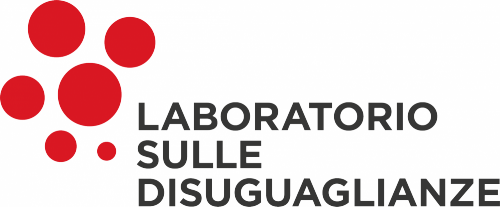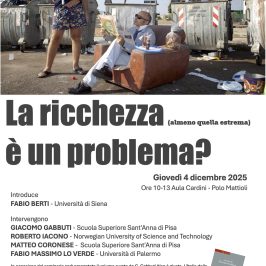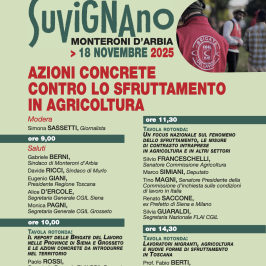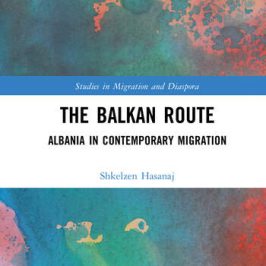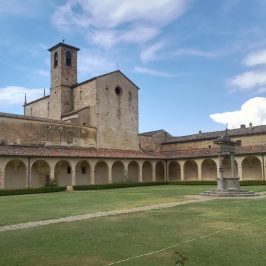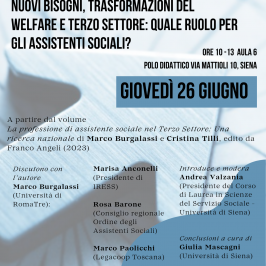Migrants in the City’ provides a forum for the examination of key global questions related to contemporary
international migration in the context of urban development, residential segregation and diversity. The conference
will explore the causes and consequences of international migration in urban settings, and the intersections between migration, urban development and key related issues.
WORKSHOP SESSION 2:
HISTORICAL AND SOCIAL PERSPECTIVES ON CITY
RESPONSES TO MIGRATION AND DIVERSITY
MONDAY 12TH OCTOBER, 16.00 – 17.30, OLD BANQUETING HALL
Fabio Bracci, Istituto Ricerche e Interventi Sociali, and Andrea Valzania, Istituto Ricerche e Interventi Sociali,
Changing scenarios: Spatial segregation, local conflicts and urban planning for social diversity in a
middle-sized city of Central Italy
The Tuscan city of Prato is the third largest city in Central Italy. It is internationally known as a typical Marshallian industrial district. After the end of the Second World War, a great number of small industrial firms, each one of them specialised in specific phases of the textile supply chain, determined the growth of a dynamic subcontracting model. In the ‘Golden Age’ of the industrial district the city growth was astonishing. From 1951 to 1971 Prato population doubled. During the 1980s the first signs of the weakening of the textile sector appeared. After the end of the century the crisis became structural, due mainly to changes occurred in the global context. Migration flows were initially perceived as an answer to these changes, but when the crisis hardened, tensions and conflicts over migration issues emerged. At present, Prato is home to 34,468 foreign residents (18 per cent of the total population) and to one of the largest populations of Chinese residents (as a proportion of population) in Europe. Migrants’ settlement patterns show relevant features of spatial segregation and in some neighbourhoods the concentration of migrants overlap with increasing levels of social disadvantage. The paper describes the local changing scenarios, strictly linking local migration phenomenon to structural factors. It also presents the recent attempt of the municipality of Prato to develop an integrated approach in local migration policies, aimed to build a process of strategic integration in three domains: economic development, urban policies, and social inclusion. Strengths and weaknesses, opportunities and threats of this strategy are analysed.
Per consultare il programma completo del Convegno, cliccare qui.
